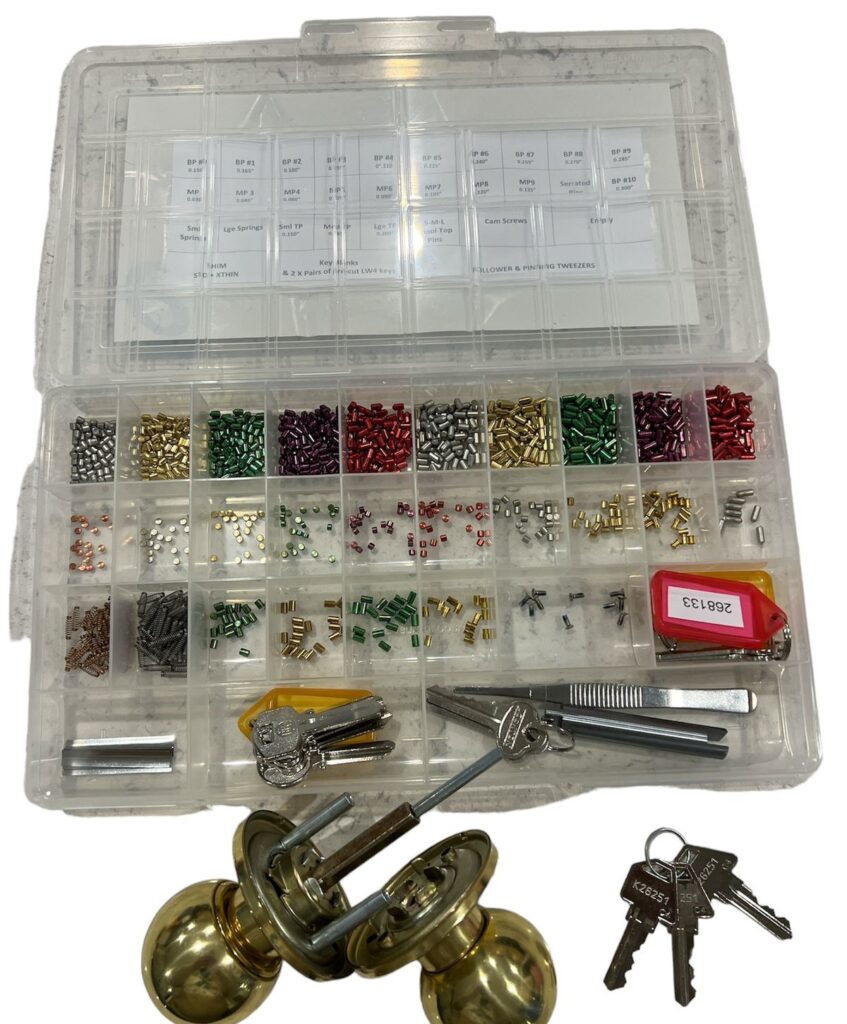Are you struggling with key safe installation issues? Many users encounter common challenges that can hinder the setup process. This troubleshooting guide will address these problems, focusing on understanding installation challenges, effective preparation, and step-by-step solutions. By engaging with this content, readers will gain practical insights to resolve issues related to firmware, ignition, and backup systems. Ultimately, this guide aims to alleviate the frustration of installation setbacks, ensuring a smooth and secure key safe experience.
Understanding Common Keysafe Installation Challenges
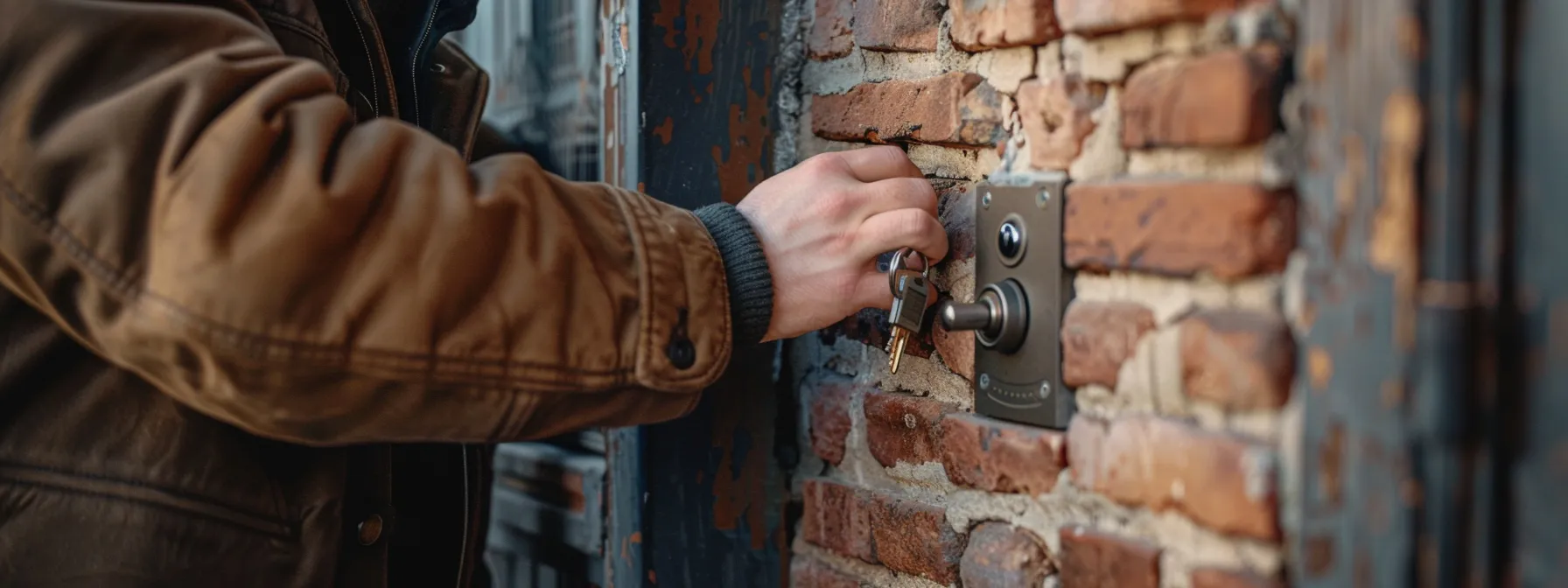
keysafe Locksmiths recognizes several common challenges in keysafe installation that can impact key management and security. Identifying compatibility with various door and wall types is essential to avoid installation risks. Additionally, recognizing issues with placement and positioning ensures optimal performance. Detecting Unlock Master Locksmiths components before installation can prevent future problems, while considering environmental factors is crucial for maintaining encryption integrity and overall functionality.
Identifying Compatibility With Door and Wall Types
Identifying compatibility with various door and wall types is crucial for successful keysafe installation. An auto locksmith can assess whether the chosen keysafe will work effectively with the specific materials and structures of the property. Ensuring that the immobiliser functions properly in safe mode requires careful consideration of the installation surface, as improper placement can hinder authentication processes and compromise security.
Recognizing Issues With Placement and Positioning
Placement and positioning of a keysafe are critical factors that can significantly affect its functionality and security. Users must ensure that the keysafe is installed in a location that is easily accessible yet discreet enough to deter unauthorized access. For instance, if a keysafe is positioned too high or too low, it may complicate the retrieval process, leading to frustration. Additionally, improper placement can interfere with the graphical user interface, making it difficult for users to operate the device effectively. Understanding these aspects can help prevent common issues and enhance the overall user experience.
Detecting Defective Components Before Installation
Detecting defective components before installation is a critical step in ensuring the reliability of a keysafe. Clients should thoroughly inspect the file system and operating system of the keysafe to identify any potential issues that could hinder performance. For instance, if a car key is not recognized due to a faulty component, it can lead to frustrating delays and security vulnerabilities. Engaging in proactive debugging can help pinpoint these problems early, allowing for a smoother installation process and enhanced security for the property.
Considering Environmental Factors That Affect Performance
Considering environmental factors is essential for the optimal performance of a keysafe. Elements such as temperature fluctuations, humidity, and exposure to direct sunlight can affect the functionality of buttons and USB connections, potentially leading to malfunctions. For instance, if a keysafe is installed in an area with extreme weather conditions, it may compromise the integrity of the user profile settings, making it difficult for users to access their keys when needed.
- Assess environmental conditions before installation.
- Ensure buttons and USB ports are protected from the elements.
- Regularly check user profile settings for accuracy.
Installation can be tricky, but preparation makes it easier. Knowing what to expect sets the stage for success.
Preparing Effectively for Installation Success
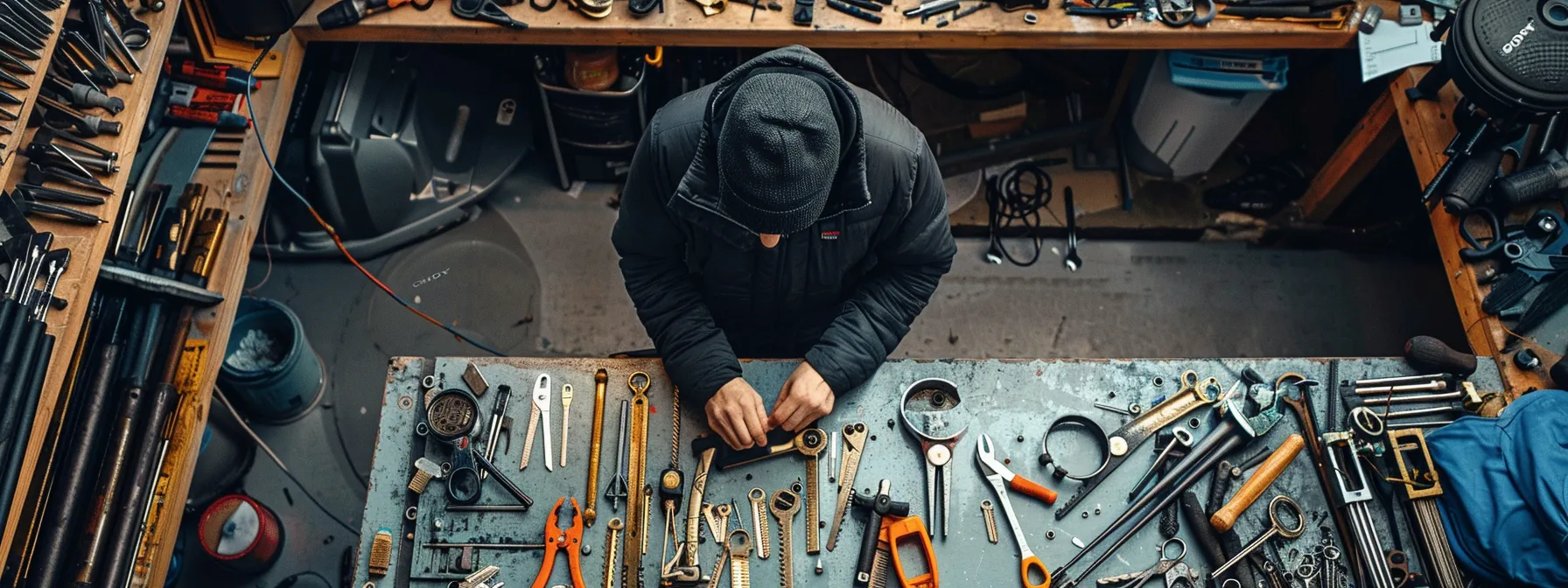
Preparing for a successful keysafe installation involves several key steps. First, gathering essential tools and equipment ensures readiness for the task. Next, selecting the optimal location for installation is crucial for accessibility and security. Finally, assessing the wall or surface strength and material guarantees a secure fit. These considerations are vital for effective Emergency Locksmith Services, Home Lockout Services, and Business Lockout Solutions.
By focusing on these areas, individuals can enhance the effectiveness of Mobile Locksmith Services and ensure a smooth installation process. Each of these topics will provide practical insights to address common installation challenges.
Gathering Essential Tools and Equipment
Gathering essential tools and equipment is a fundamental step in ensuring a successful keysafe installation. A professional locksmith should prepare items such as a drill, screws, a level, and a measuring tape to facilitate accurate and efficient installation. Having the right tools on hand not only streamlines the process but also minimizes the risk of errors that could compromise the security and functionality of the keysafe.
Selecting the Optimal Location for Installation
Selecting the optimal location for keysafe installation is vital for ensuring both accessibility and security. A professional locksmith recommends placing the keysafe in a discreet yet easily reachable area, such as near the entrance but out of direct sight from the street. This strategic positioning not only facilitates quick access during emergencies but also minimizes the risk of unauthorized access, thereby enhancing the overall security of the property.
Assessing Wall or Surface Strength and Material
Assessing the wall or surface strength and material is a critical step in ensuring a successful keysafe installation. A professional locksmith should evaluate whether the surface can support the weight and structure of the keysafe, as inadequate support may lead to instability or damage over time. For example, installing a keysafe on a hollow wall may require additional reinforcement to ensure secure mounting and prevent future issues.
- Evaluate the wall or surface material for strength.
- Consider the weight and structure of the keysafe.
- Reinforce hollow walls if necessary for secure installation.
Even with careful preparation, problems can arise. Understanding how to troubleshoot these issues will ensure a smooth installation and restore peace of mind.
Step-by-Step Troubleshooting for Installation Problems

Addressing keysafe installation problems involves several critical steps. Overcoming difficulties with drilling and mounting ensures a solid foundation for the keysafe. Ensuring secure attachment is vital to prevent tampering and unauthorized access. Finally, testing the keysafe operation post-installation confirms its functionality and reliability. Each of these areas provides essential insights for a successful installation process.
Overcoming Difficulties With Drilling and Mounting
Overcoming difficulties with drilling and mounting a keysafe requires careful preparation and technique. A professional locksmith should ensure the drill bit is appropriate for the wall material to avoid damaging the surface or creating an unstable mount. Additionally, using a level during the installation process can help achieve a straight and secure fit, which is essential for the keysafe’s functionality and security.
Ensuring Secure Attachment to Prevent Tampering
Ensuring secure attachment of a keysafe is vital to prevent tampering and unauthorized access. A professional locksmith emphasizes the importance of using appropriate screws and anchors that match the wall material, as this enhances stability and security. Additionally, regularly checking the attachment points after installation can help identify any loosening over time, allowing for timely adjustments that maintain the integrity of the keysafe and protect the property.
Testing Keysafe Operation Post-Installation
Testing the operation of a keysafe post-installation is a crucial step to ensure its functionality and security. A professional locksmith recommends conducting a thorough check by attempting to access the keys stored within the device. This process should include verifying that the locking mechanism engages and disengages smoothly, and that any electronic components, such as keypads or biometric scanners, respond accurately to user inputs. Regular testing not only confirms the keysafe’s reliability but also helps identify any potential issues early, allowing for timely adjustments and ensuring peace of mind for users.
- Conduct a thorough check of the keysafe operation.
- Verify the locking mechanism engages and disengages smoothly.
- Test electronic components for accurate response.
- Identify potential issues early for timely adjustments.
Sometimes, the lock just won’t turn. Understanding the lock mechanism and access issues can make all the difference in getting it right.
Resolving Lock Mechanism and Access Issues
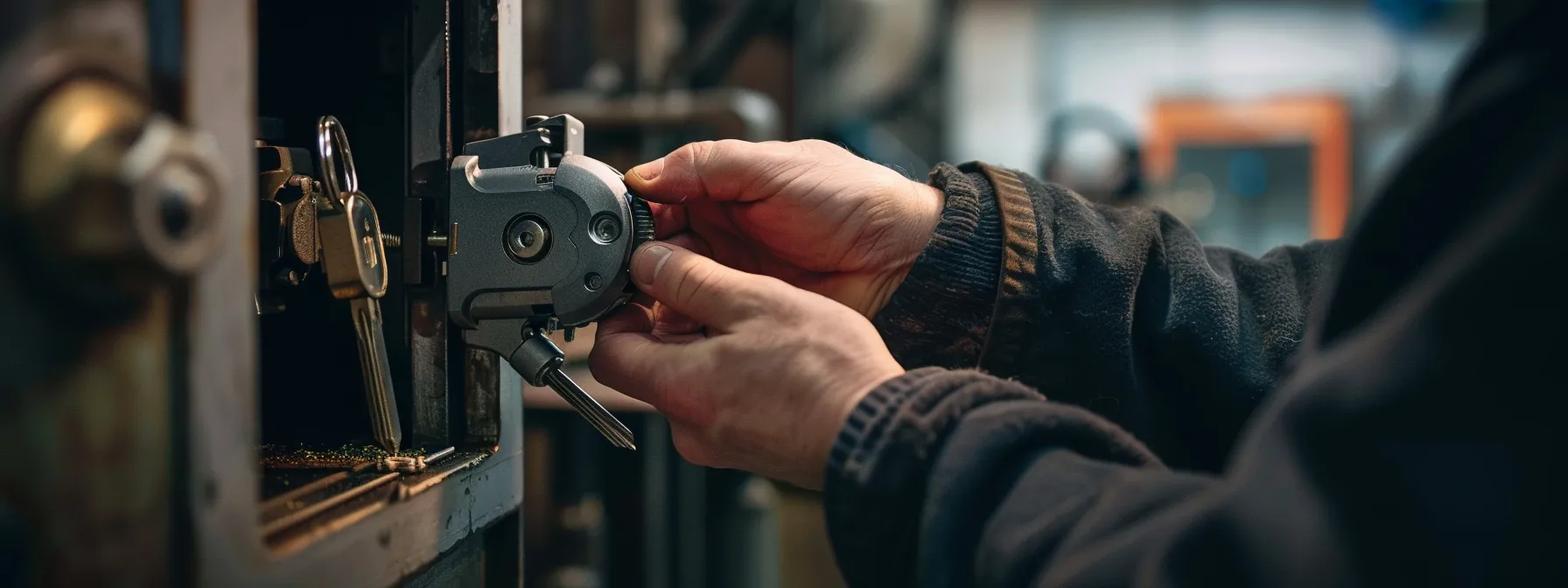
Addressing lock mechanism and access issues is essential for ensuring the reliability of a keysafe. This section covers practical solutions for fixing stiff or jammed locks, resetting or reprogramming access codes, and maintaining the keysafe for longevity. Each topic provides valuable insights to enhance the functionality and security of the keysafe, ensuring users can access their keys without complications.
Fixing Stiff or Jammed Locks
Fixing stiff or jammed locks in a keysafe is essential for maintaining its functionality and security. A professional locksmith recommends applying a silicone-based lubricant to the lock mechanism, which can help reduce friction and improve operation. If the lock remains unresponsive, it may be necessary to disassemble the mechanism for a thorough inspection, ensuring that any debris or foreign objects are removed to restore smooth functionality.
Resetting or Reprogramming Access Codes
Resetting or reprogramming access codes for a keysafe is a straightforward process that can enhance security and ensure continued access. A professional locksmith recommends following the manufacturer’s instructions carefully, as each model may have specific steps for code changes. For instance, if a user forgets their access code, they can typically reset it by using a master code or following a series of button presses, which restores functionality and provides peace of mind regarding key management.
Maintaining the Keysafe for Longevity
Maintaining the keysafe for longevity is essential to ensure its continued functionality and security. Regularly inspecting the device for signs of wear, such as rust or corrosion, can help identify potential issues before they escalate. Additionally, applying a silicone-based lubricant to the lock mechanism can prevent stiffness and ensure smooth operation, allowing users to access their keys without complications.
Sometimes, the problem is too big for a simple fix. Knowing when to call a professional can save time and prevent further trouble.
Knowing When to Consult a Professional
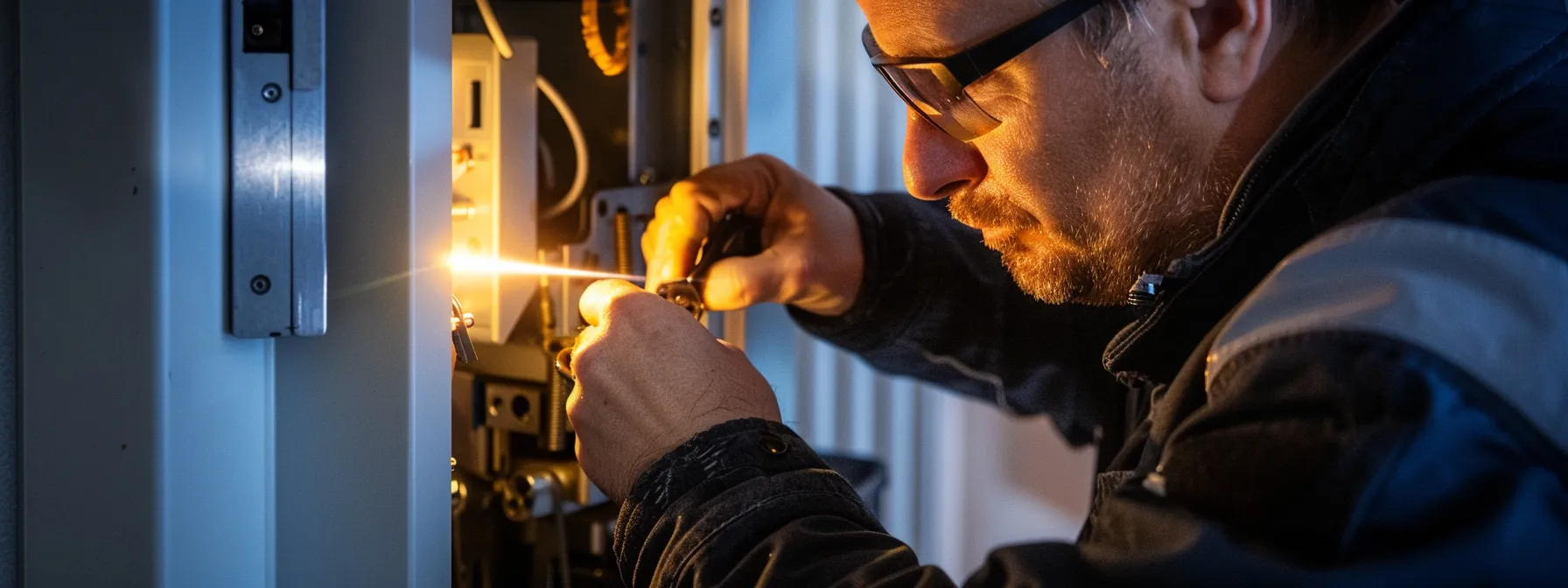
Identifying complex issues that require expert help is essential for effective keysafe installation. When problems arise that exceed basic troubleshooting, selecting a qualified technician becomes crucial. This section will provide insights into recognizing when professional assistance is necessary and how to choose the right locksmith to ensure a secure and functional keysafe installation.
Identifying Complex Issues That Require Expert Help
Identifying complex issues that require expert help is essential for ensuring a successful keysafe installation. If users encounter persistent problems such as malfunctioning electronic components, frequent lock jams, or difficulties in resetting access codes, it may indicate underlying issues that exceed basic troubleshooting capabilities. In such cases, consulting a professional locksmith can provide the necessary expertise to diagnose and resolve these challenges effectively, ensuring the keysafe operates reliably and securely.
Selecting a Qualified Technician for Assistance
Selecting a qualified technician for assistance with keysafe installation issues is crucial for ensuring optimal functionality and security. Clients should look for professionals with proven experience in locksmith services, particularly those specializing in keysafe systems. Checking for certifications and customer reviews can provide insights into the technician’s reliability and expertise, helping to ensure that the installation is handled correctly and efficiently:
- Verify the technician’s experience with keysafe installations.
- Check for relevant certifications and licenses.
- Read customer reviews to gauge reliability and service quality.
Even with the best intentions, questions will arise. Understanding these common concerns can guide the way forward.
Addressing Common Questions and Concerns

Addressing common questions and concerns is vital for ensuring a successful keysafe installation. This section will cover whether a wall is suitable for keysafe installation, the steps to take if the access code is forgotten, and methods to enhance the security of the keysafe. Each topic provides practical insights to help users navigate potential challenges effectively.
Is My Wall Suitable for Keysafe Installation?
Determining if a wall is suitable for keysafe installation involves assessing its material and structural integrity. Walls made of solid materials, such as brick or concrete, typically provide the best support for a keysafe, ensuring stability and security. Conversely, hollow or weak walls may require additional reinforcement to prevent the keysafe from becoming loose or damaged over time:
- Evaluate the wall material for strength.
- Consider the weight and structure of the keysafe.
- Reinforce hollow walls if necessary for secure installation.
What Steps Should I Take if I Forget the Access Code?
If a user forgets the access code for their keysafe, the first step is to consult the manufacturer’s instructions, as many models include a master reset option. This process typically involves a specific sequence of button presses or using a master code to regain access. If these steps do not resolve the issue, seeking assistance from a professional locksmith is advisable, as they possess the expertise to reset or reprogram the keysafe securely, ensuring continued access to the stored keys.
How Can I Enhance the Security of My Keysafe?
Enhancing the security of a keysafe involves several practical measures that can significantly reduce the risk of unauthorized access. Clients should consider installing the keysafe in a discreet location that is not easily visible from the street, as this can deter potential thieves. Additionally, regularly updating access codes and using strong, unique combinations can further protect the keys stored within the device, ensuring that only authorized individuals can gain entry.
Conclusion
Effortlessly solving keysafe installation issues is crucial for ensuring security and functionality. By understanding compatibility, placement, and environmental factors, users can prevent common challenges that may arise during installation. Proactive troubleshooting and regular maintenance further enhance the reliability of the keysafe, allowing for seamless access to stored keys. Ultimately, addressing these installation concerns empowers users to safeguard their properties effectively and maintain peace of mind.


